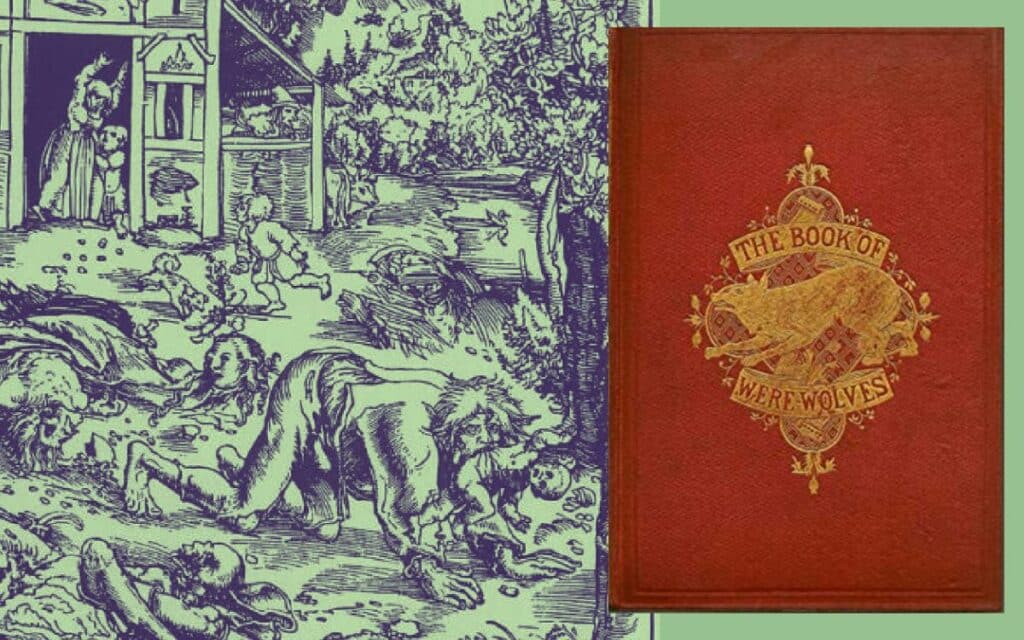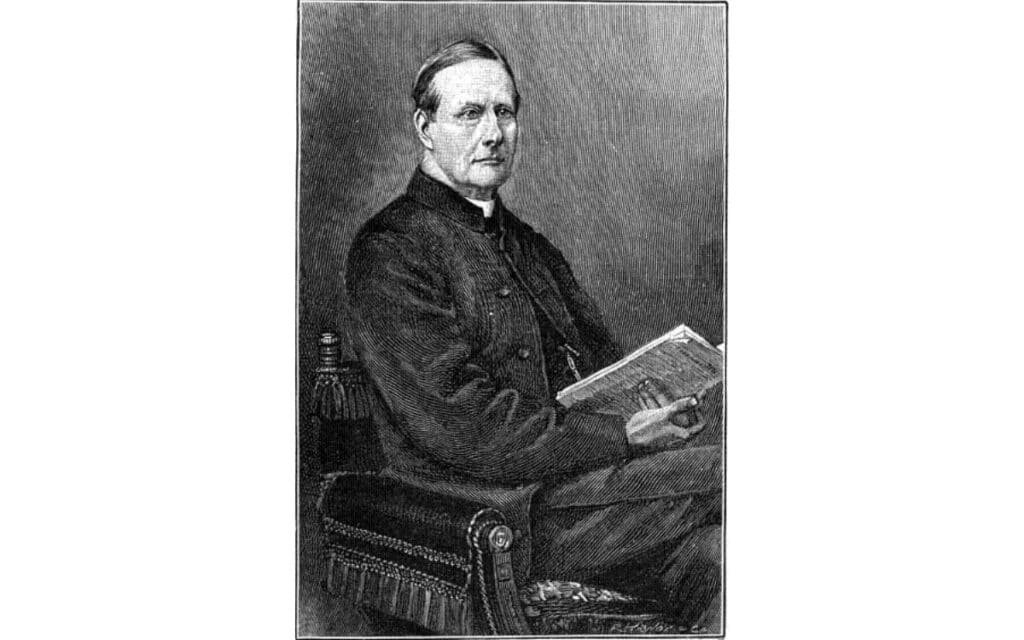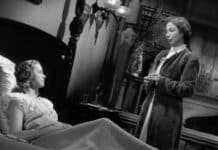The Book of Were-Wolves by Sabine Baring-Gould was one of the earliest works to explore the myths and legends of werewolves, offering a glimpse into their mysterious and terrifying world.

For centuries, the chilling howls of werewolves have echoed through the darkest corners of the human mind, invoking fear and terror in those who dared to delve into their mysteries.
But it was an English vicar, Sabine Baring-Gould, the man who wrote the lyrics to “Onward Christian Soldier”, who dared to plunge into the abyss of these fearsome beasts and commit the horrors to paper.
Baring-Gould, a Devon-born scholar and man of the cloth, was fascinated by the ancient myths and folklore of the British Isles and sought to uncover the secrets of the supernatural creatures that haunted the land.
He delved into the depths of witchcraft and devil worship, drawing upon ancient trial records and disturbing accounts of alleged werewolf sightings to weave a dark tapestry of lore and legend.
Baring-Gould explores the world of werewolves
In his tome, The Book of Were-Wolves, published in London in 1865, Baring-Gould revealed the terrifying truth about these shape-shifting creatures of the night.
He explored their uncanny ability to transform under the light of the full moon and the many other animals into which they could shift their cursed forms.
He also exposed their nefarious links to strange and violent events, warning those who dared to stray from society’s norms of the dire consequences that awaited them.
Baring-Gould’s macabre research uncovered a multitude of strange and haunting tales, including the gruesome fate of Peter Stumpp, a German farmer accused of lycanthropy and the mysterious Rougarou of Cajun folklore.

His work established him as a leading authority on the topic and helped to ignite a renewed fascination with the dark and dangerous creatures that lurked in the shadows of our world.
Yet, some have criticised Baring-Gould’s work as perpetuating negative stereotypes against women and peasants and for focusing too heavily on the sensational aspects of the legends.
What we learned from The Book of Were-Wolves (1865)
Baring-Gould’s research on werewolves was groundbreaking for its time and revealed several aspects of the legends that were not widely known or understood. Here are a few examples:
- The existence of werewolf trials: Baring-Gould was one of the first scholars to bring attention to the fact that trials for werewolfism actually occurred in Europe during the Middle Ages and the early modern period. He uncovered many historical records of these trials and wrote about some of the accused werewolves, such as the infamous case of Peter Stumpp in Germany.
- Werewolf transformations beyond wolves: While many people assumed that werewolves could only transform into wolves, Baring-Gould discovered that in some legends, they could shift into other animals as well, such as bears, hyenas, or even rats.
- Werewolves in different cultures: Baring-Gould researched werewolf legends from various cultures, including those of Greece, Rome and China. He discovered that they had different characteristics and meanings in different places. For example, he found that in some cultures, werewolves were believed to be able to control the weather.
- The link between werewolves and witchcraft: Baring-Gould’s research revealed that werewolves were often associated with witchcraft and devil worship. In some legends, it was believed that witches could transform into wolves, while in others, werewolves were thought to be able to summon demons.
- The connection between werewolves and mental illness: Baring-Gould suggested that some legends of werewolves may have been inspired by real cases of mental illness, such as lycanthropy, a rare psychological disorder in which people believe they can transform into animals.







